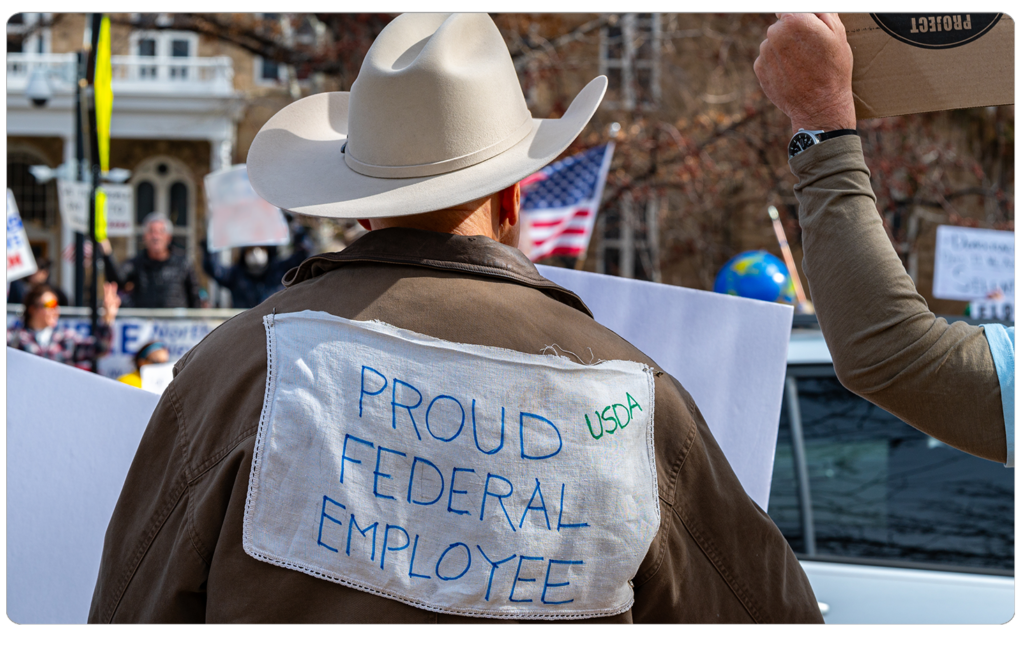Thank you for the critical role you play in delivering essential public services to the American public and to people around the world.
Amid today’s dramatically changing federal landscape, the Partnership for Public Service is here to support you—either as you continue to serve our country or as you transition to new opportunities.


The FedSupport Hub is a resource for you—a centralized and reliable place where you can find answers to your questions, share critical information, build community, and most of all, respond to what you need now and in the months to come. Check back regularly for new updates and sign up for our weekly newsletter.
The nonpartisan expertise you provide to political leaders, the continuity you sustain across presidential administrations, and the oath you take to honor the Constitution and serve the public good are vital components of our democracy.
The Partnership has long advocated for investment in government’s ability to recruit, empower and retain top talent, because we understand that a high-performing, apolitical workforce is essential to delivering results for the American people.

Sign up for the weekly FedSupport Newsletter.
Resources
